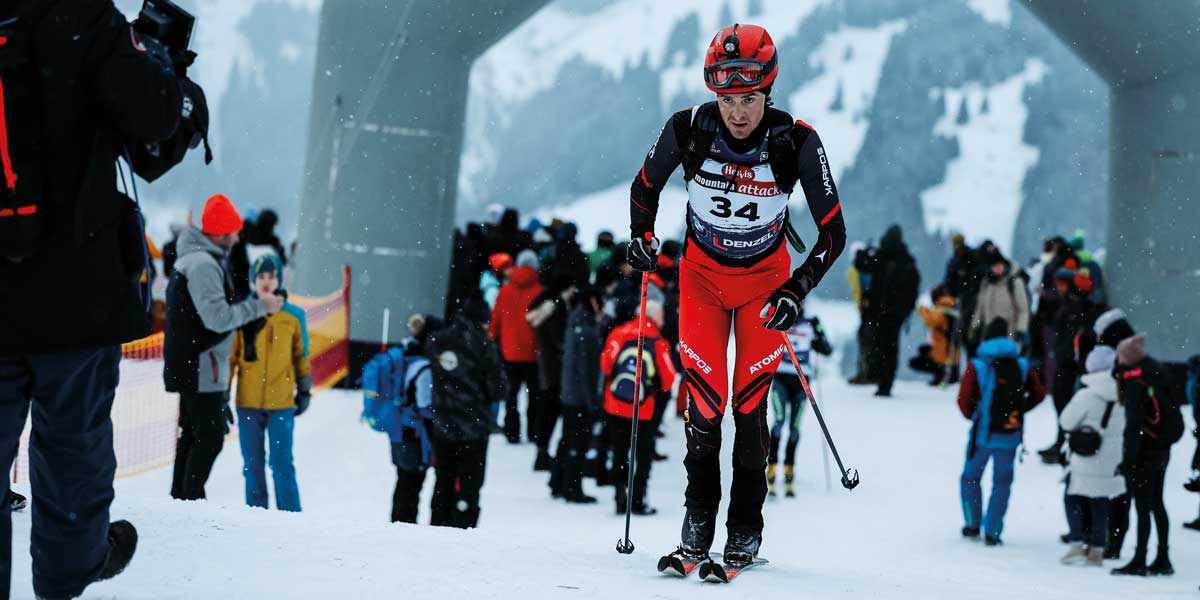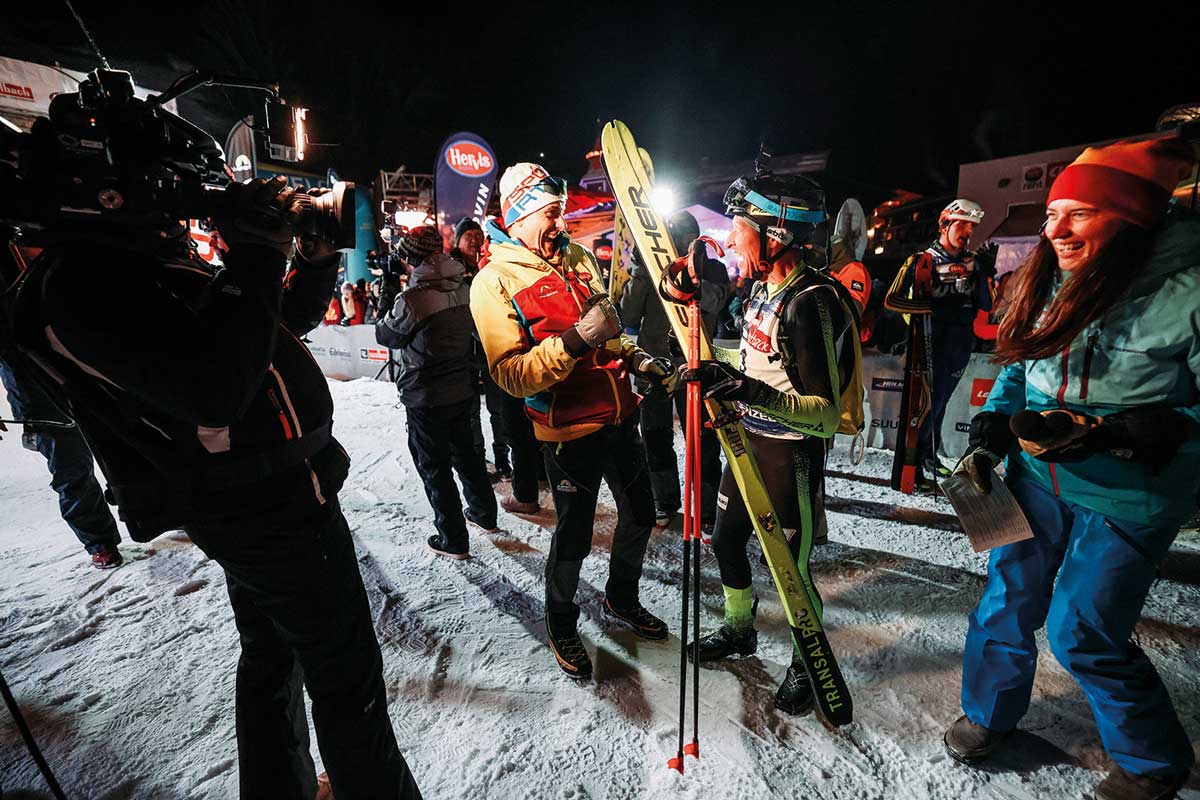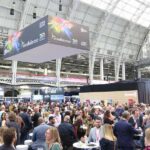5G in the Mountains

Posted on Apr 18, 2024 by FEED Staff
Ain’t no mountain high enough
Just when we thought 5G couldn’t reach further heights, FEED learns how even productions on the distant peaks of the Austrian mountains can leverage its benefits
Mountain Attack. The name says it all. The ski mountaineering race event, which has taken place near Saalbach in Austria since 1999, is a gruelling test of endurance.
Solo male and female racers, plus relay teams of three, dash up and then ski down a series of mountains.
Watching the live broadcast on Austrian sports streamer Laola1.tv, as well as YouTube and Facebook, you’re struck by three things: the gruelling races take place over a massive area, it all looks freezing and it can be very dark on those summits.
None of these factors are beneficial to sports broadcasting.
Nevertheless, this was the arena that host broadcaster Mediahaus GmbH chose for a proof
of concept remote production of live SRT streaming from Blackmagic Ursa Broadcast G2 cameras over a 5G network.

Need for speed
Mediahaus, based in Salzburg, has been the host broadcaster for the past dozen years. But this year, for the first time, it was able to send live H.264 streams from its Ursa Broadcast G2 race cameras using SRT, a protocol optimised for live video streaming, down the mountains to its outside broadcast truck in Saalbach.
Working with Hutchison, Mediahaus utilised a stand-alone 5G network to bring live camera feeds with incredibly low latency from the mountaintops to the production team and the director, Wolfgang Angermüller, in the Mediahaus OB van.
“Eleven years ago, when we started working with the race founder Roland Kurz, it was quite a challenge just to get two cameras on two summits,” recalls Angermüller, CEO of Mediahaus.
“Last year, we had four cameras on four summits, each connected through SDI to an encoder and then via an IP connection provided by a modem in the infrastructure of the cable car. We also had two mobile cameras on skidoos using bonded cellular from Mobile Viewpoint. But it took us two whole days to set up all the cameras and encoders on the mountaintops.”
The Mediahaus proposal to use SRT and 5G was inspired by new technology from Blackmagic Design – and the fact that Hutchison, one of the supporters and sponsors of the event, was building a stand-alone 5G network in the valley below Saalbach.
“The skiing world championship takes place in the valley next year – and the 5G private network
was ready in December,” recalls Angermüller. “But we were also lucky that the Blackmagic Camera 8.5 beta release allowed SRT streaming out of our Ursa Broadcast G2s; we would just need to plug in a mobile phone to send the H.264 feeds.”

Uphill battle
Mediahaus conducted tests of SRT over 5G, first in the lab with Hutchison in Vienna, then with Blackmagic Design’s Atem Streaming Bridges as receivers in the OB truck.
These compact video converters receive and decode the SRT streams, with those feeds then fed into an Atem Constellation 8K live production switcher via SDI while sending camera control and tally signals back up to the camera using the same data link.
Two weeks before the event, a real-world test took place in Saalbach. “We got up to a summit, and with just a normal Samsung mobile phone connected via USB-C to the camera, we were streaming SRT at 5Mbps output. We had a latency of half a second, which is nothing,” Angermüller exclaims.
The mountains blocked certain positions from the 5G antennae in the valley, so a connection to the Starlink satellite network was deployed on one summit. “That worked well, with just half a second of latency,” says Angermüller. “On another summit, we had two Wi-Fi access points. If there was no 5G, the mobile phones would switch to public internet. But it’s always the same SRT connection via a phone.”
At the finish line, the OB gallery using an Atem Constellation 8K for vision mixing had all the camera telemetry data to hand, giving them control over the camera’s colour grading, shading and shutter speed through the Atem Camera Control Panel. “It was as though it was connected directly via cable,” reveals Angermüller. “We now had tally lights on the summit cameras to let the operators know they were live.
“One of the hardest summits to reach turned out to be where 5G worked without any problems,” he continues. “Our operator took his camera and the mobile phone and headed up there. It was so much easier not needing to bring an encoder and SDI cables – the camera battery powered the phone. We saved a whole day of work with this approach.
Conditions in the mountains were as low as -15°C with heavy snow. As the races started at 4pm, they ended at night.
However, despite the conditions, the colour science, resolution and dynamic range of the Ursa Broadcast G2s served Mediahaus well in this unforgiving environment.
Dramatic live coverage of the Mountain Attack race certainly proved the case for live production using SRT streaming out of the Ursa Broadcast G2, but Angermüller says the best moment took place one hour before the race. “All the cameras were on the multiview in the OB van, and the vision engineers said they’re all connected, they have tally and everything is working,” he concludes. “When they said we got them all, it all came together.”
This feature was first published in the Spring 2024 issue of FEED.











